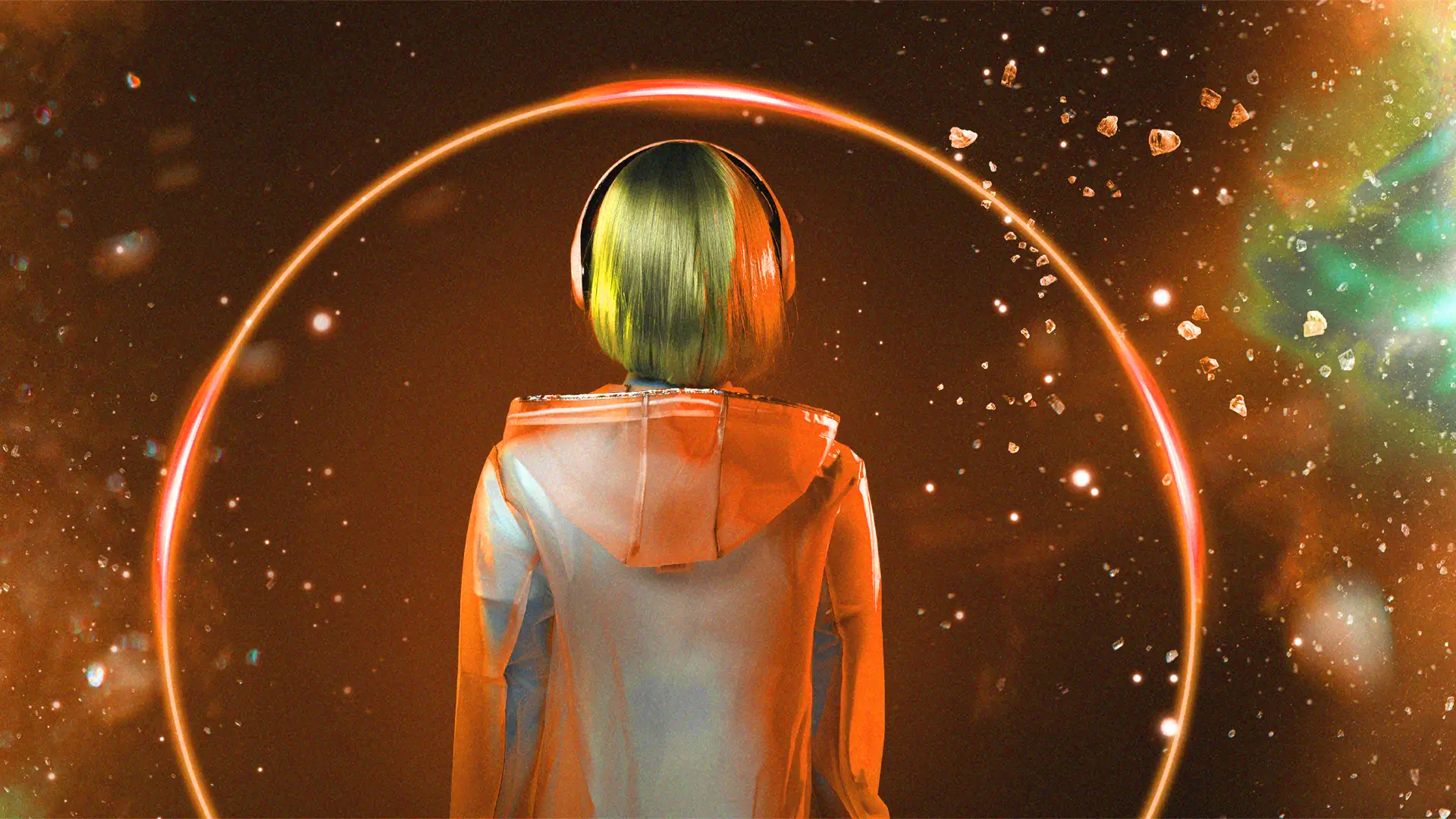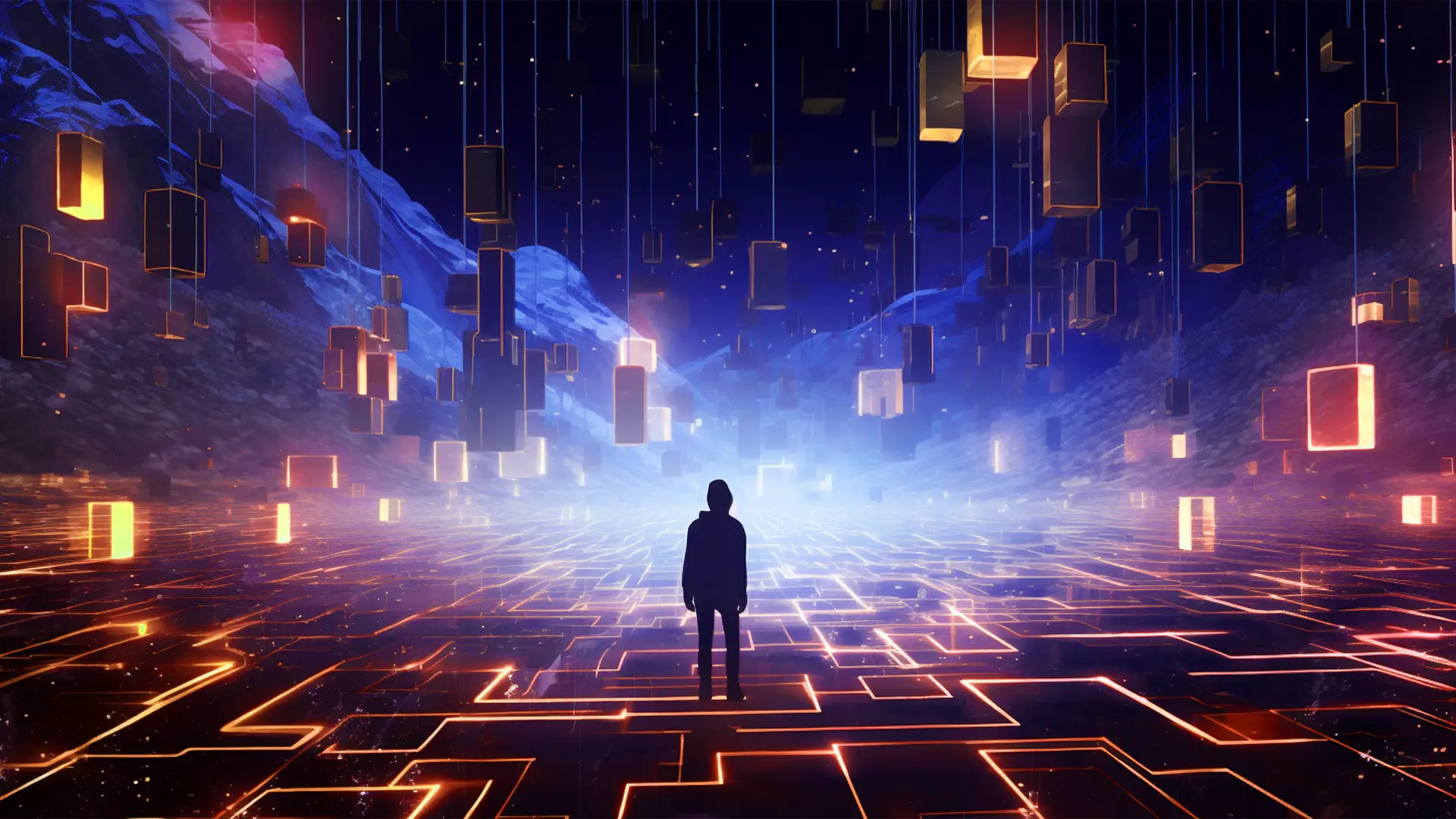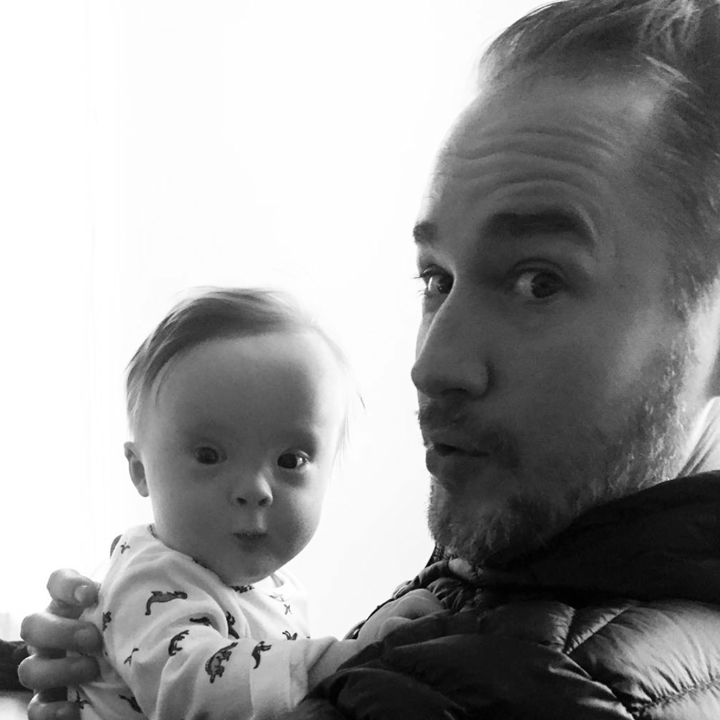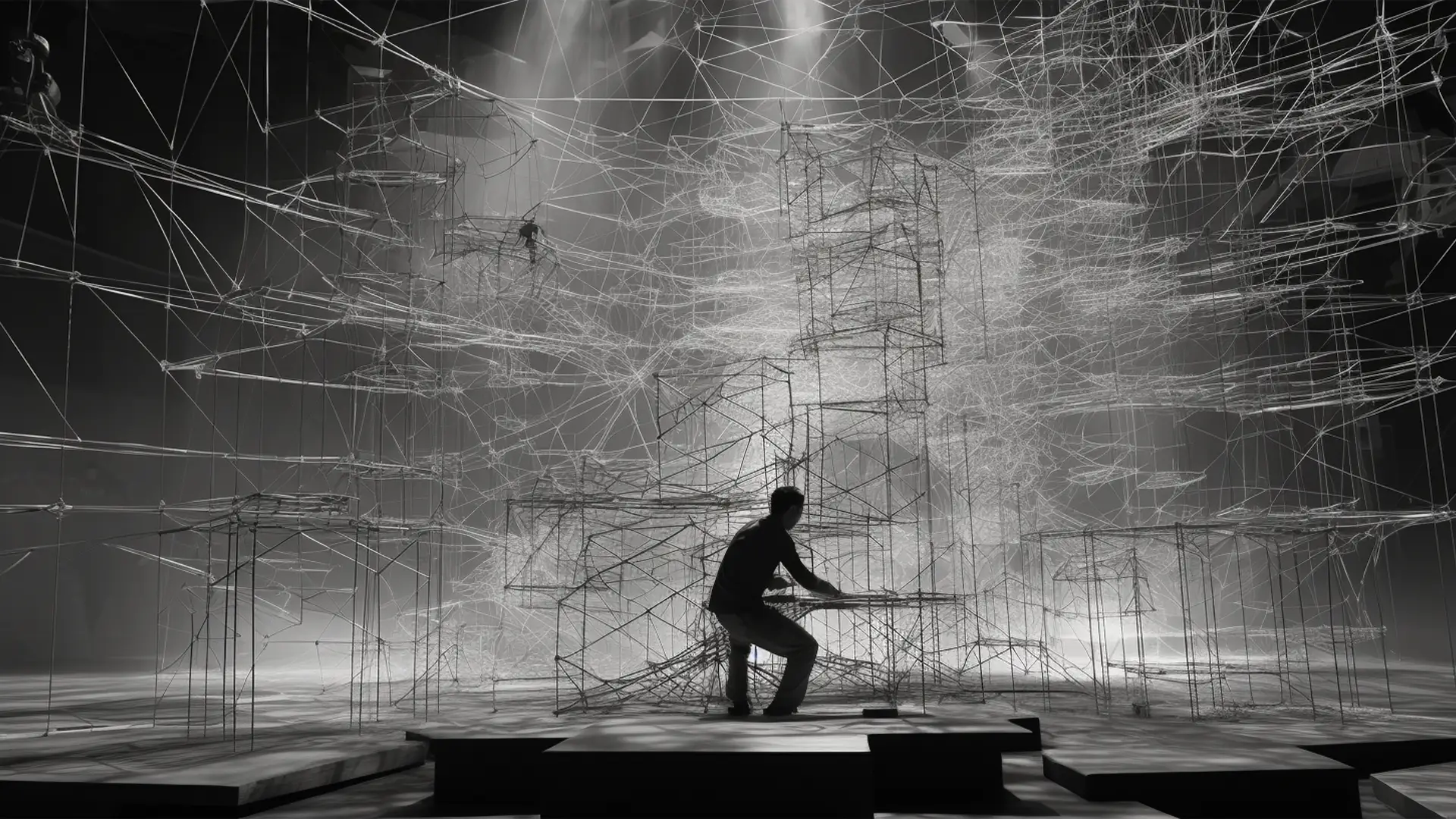Key Takeaways
- Artificial intelligence (AI) and augmented reality (AR) are transforming live music experiences by creating more immersive, personalized, and interactive festival environments, reshaping audience engagement beyond traditional talent to consumer performances.
- Festival-goers have grown to anticipate tailored and seamless experiences, with AI-driven personalization and AR-powered visuals enhancing their journey due to today's entertainment technological advancements before, during, and after events.
- Challenges such as cost, accessibility, and authenticity have arisen, particularly as small-scale festivals struggle with implementation and the ethical concerns over digital resurrections like Coachella's hologram treatment for Tupac in 2012.
- When done with thought, AI and augmented reality can improve operational efficiency and audience interaction, offering notable perks like personalized schedules, AI-powered security plans, and extended fan engagement through social media and virtual experiences.
- Strategic tech plans are essential for meaningful innovation, ensuring AI and augmented reality enhance inclusivity and entertainment without feeling overly commercialized, diminishing what live music is, and risking execution issues.
Listen: The truth about augmented reality in music and entertainment.
Whether you realize it or not, the marriage of artificial intelligence and augmented reality is rewriting the rules of the live music space—and concert-goers are loving it. With the augmented reality market reportedly projected to reach $340.16 billion by 2028, these technologies are supercharging concerts and festivals worldwide, further blending cultures, audiences, and soundscapes into personalized experiences. From solo shows to massive multi-stage festivals, AI and AR are transforming not just how we listen, but how we feel the music. However, as live music evolves, AI and AR can play a crucial role in enhancing the overall concert experience while simultaneously setting up risk in execution from various ends.
These innovations present groundbreaking opportunities for both performers and attendees, but their integration into music festivals is not without challenges. Cost barriers, authenticity concerns, and execution risks all come into play here. And in our increasingly digital world, the sky might be the limit for AI and augmented reality, but where should we draw the line between innovation and over-commercialization?
Walking the line of innovation and ambition
Today, rising ticket prices and increasing production costs have forced festival organizers to push the boundaries of creativity. In fact, per Pollstar, average festival ticket prices have risen over 30 percent since pre-COVID events. The experience begins with the journey in obtaining tickets and even extends beyond the event date.
So, where do AI and augmented reality come into play best? Nowadays, attendees expect high-quality experiences beyond the sonic. They anticipate innovative stage design, digital engagement, and unique activations. As a result, festivals must innovate to keep up with these expectations in 2025. Music festivalgoers crave unique and authentic experiences that cater to their personal tastes. From augmented reality-driven interactive visuals to AI-generated personalized schedules, the demand for tailored experiences is higher than ever, and we’ve all seen the devastating perils of not living up to basic marketing tactics by means of Fyre Festival in 2017. Attendees want seamless and engaging entertainment technology that enhances their journey rather than overcomplicating it.
Additionally, audience interaction no longer begins and ends at the festival. AI-driven chatbots and augmented reality-based promotional campaigns can help maintain fan interest before, during, and after events. With competition increasing, festivals need to find new ways to adapt and engage with their audience outside of live performances.
One of the biggest challenges with AI and augmented reality is the obvious: accessibility and financial investment. Smaller festivals struggle to compete with large-scale events due to the high costs and complexity of these technologies. While AI and augmented reality can significantly enhance experiences, they need to be implemented in a way that remains inclusive and cost-effective.
Case study #1: Music: Not Impossible allows disabled concertgoers an elevated experience
- This is evolutionary for accessibility as it allows deaf and hard-of-hearing individuals to experience music through wearable haptic vests.
- It also expands audience reach, making music festivals more inclusive to those with disabilities.
- On the downside, this kind of tech is expensive to implement on a large scale.
- Accessibility solutions should be seamlessly integrated into festivals to avoid feeling like an afterthought.
Case study #2: AEG's Coachella gives Tupac the hologram treatment (2012)
- The treatment given to the late rapper pioneered augmented reality hologram technology in live entertainment, setting a precedent for future performances.
- It also generated massive buzz and engagement, proving the viability of AI and augmented reality in music festivals and the extension of artist legacy.
- According to the Los Angeles Times, YouTube videos of the performance amassed 15 million views, while Google search results for Tupac hologram exceeded 50 million.
- It raised ethical concerns regarding digital resurrection and posthumous performances in the same way that post-death musical projects are received by fans.
The solution: integrating AI and augmented reality for meaningful connection
Meaningful thought processes can help balance expectations from the producers, engineers, and audiences. Machine learning and strong algorithms have begun curating personalized festival schedules, recommended artists, and even suggesting exclusive merchandise drops. AI-driven insights have ensured a smooth and thoughtful experience for attendees by optimizing their journey before they set foot on festival grounds. Take Aquent's AI-driven experiential strategies, for example. They’d emphasized machine learning for personalized digital interactions, helping festivals, talent, and brands cultivate deeper audience connections.
Interactive augmented reality filters and holographic performances are redefining the live music experience, too. In 2025, augmented reality isn’t just a gimmick but an integral part of engagement when you take into account how quickly trends and advancements are moving. Social media integrations encourage attendees to share their experiences, amplifying festival exposure beyond those physically present.
On the AI front, we’re seeing the rise of AI-powered social media strategies, virtual meet-and-greets, exclusive augmented reality content, and festival-specific mobile apps. Audiences today crave personalized, immersive experiences that adapt to their tastes and stay with them beyond the event itself. Immersive tech should be about expanding access, not just creating a wow-factor.
AI analytics also play a crucial role in gauging crowd responses, optimizing logistics, and enhancing security measures, making entry and exit smoother and safer for everyone. And when done right, live music experiences have the potential to generate buzz and go viral, creating lasting impressions for attendees. Coachella’s augmented reality-integrated installations and Tomorrowland’s AI-powered virtual festival experiences have served as successful examples of how to successfully incorporate AI and AR into branding and audience engagement strategies.
Advocacy for AI and augmented reality in events
Industry leaders, such as Aquent, have emphasized the importance of AI, augmented reality, and virtual reality (VR) technologies in differentiating festivals and attracting wider audiences. Why? Collaborating with agencies experienced in immersive entertainment technology, festivals can integrate AI and augmented reality in more accessible, cost-effective ways.
The future of music festivals lies in the seamless (and meaningful) integration of AI and augmented reality, elevating the live experience through immersion and personalization. By leveraging smart data, embracing innovative technologies, and maintaining authenticity, festivals can stay ahead of audience expectations and enhance engagement. However, organizers must carefully navigate these waters to ensure that the advancements are tactful and accessible rather than gimmicky or exploitative.
Ethical concerns surrounding AI-generated performances, especially when they involve deceased artists, are often raised by both fans and critics. Addressing these issues requires careful thought and a deep understanding of audience perspectives. The challenge lies in ensuring that AR and AI are integrated in ways that are ethical, inclusive, and meaningful, rather than simply flashy or exclusive. Striking a balance between innovation and over-commercialization is crucial. By focusing on thoughtful tech adoption, festival organizers can create music experiences that resonate deeply with both current and future audiences, potentially making history in the process.
Latest.
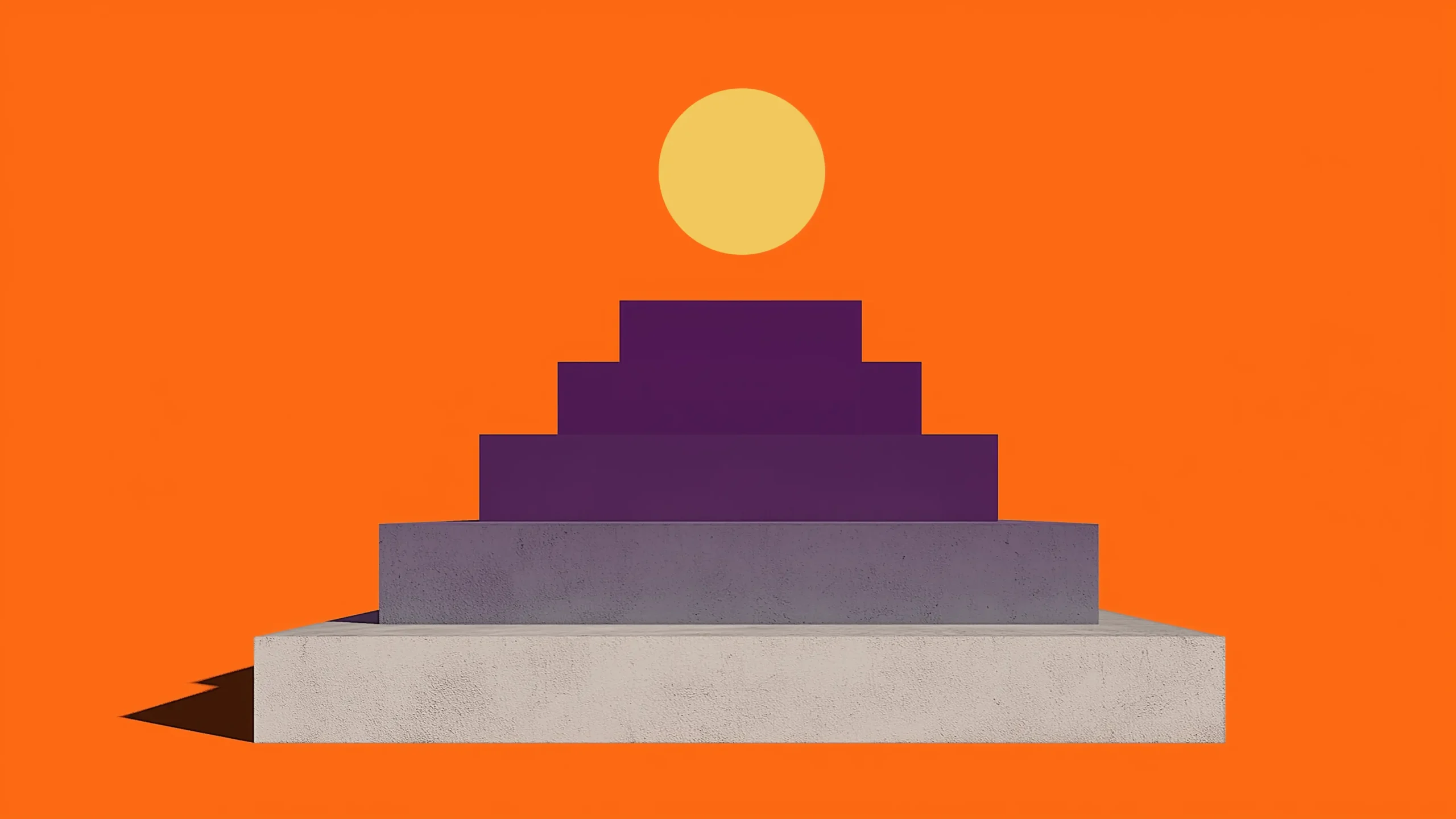
Reimagining org design in the fast-paced new world of AI.
Insights from InsideOut, Leadership & Management, Content & Creative
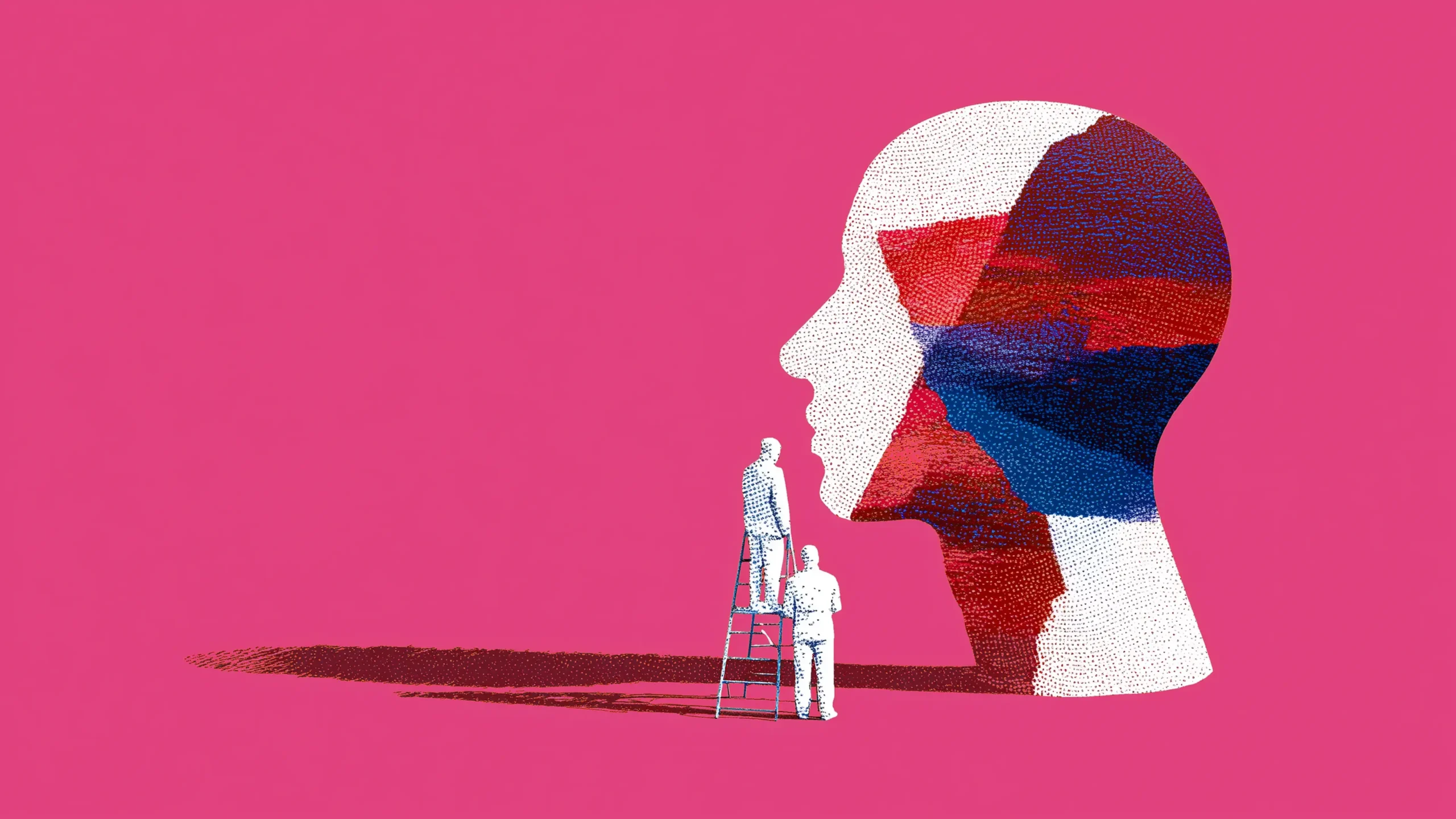
Meet the new emerging role: AI Trainer
Career Advice, Leadership & Management, Engineering & Technology, Innovation & Emerging Tech, Talent Acquisition & Recruitment

The great AI investment paradox.
Leadership & Management, Engineering & Technology, Innovation & Emerging Tech
